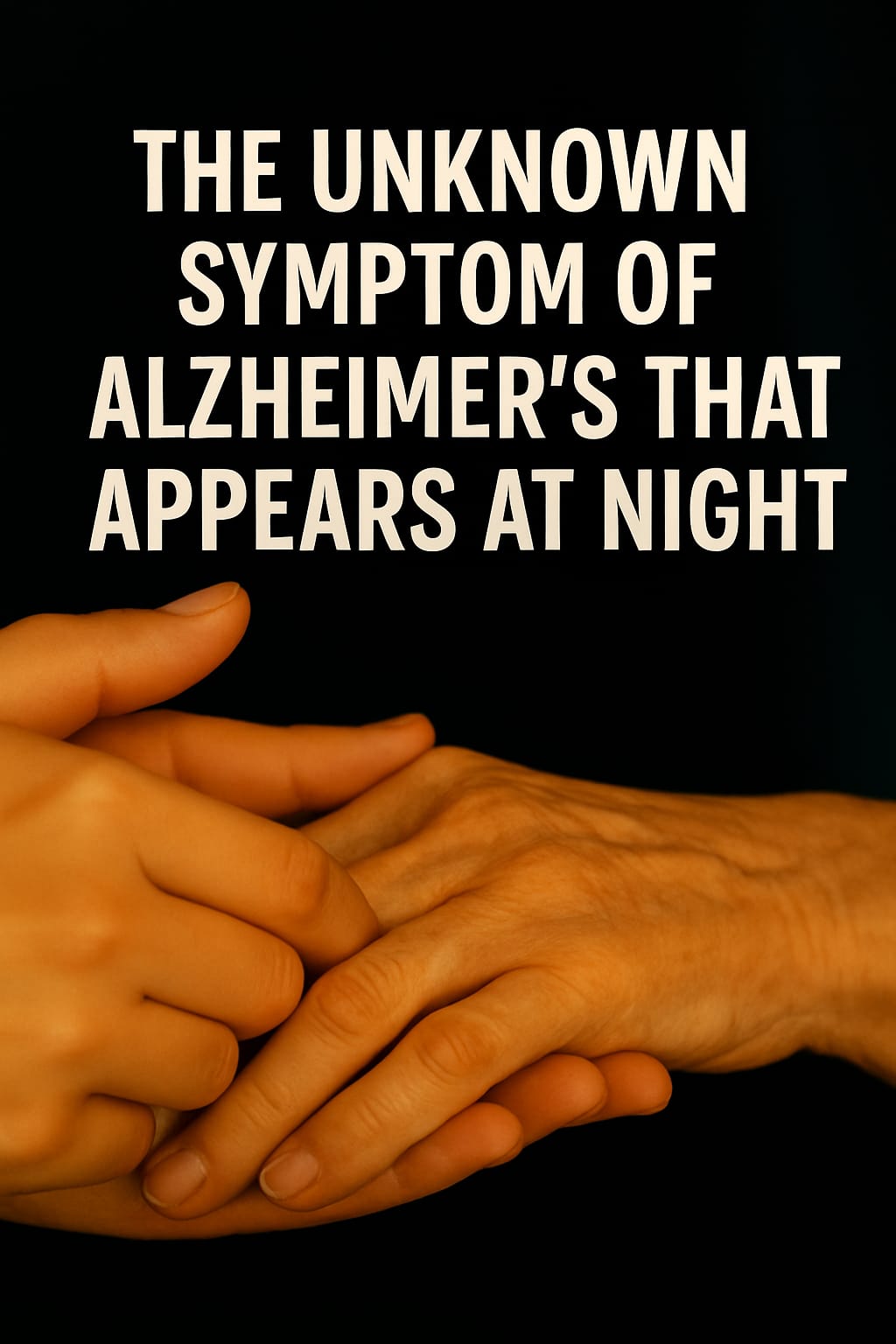How do you know if someone has it?
To identify sundowner syndrome, it is important to observe whether the following behaviors are systematically repeated in the late afternoon:
Sudden change of mood
Aggressive or irritable reactions for no apparent reason
Greater confusion compared to the rest of the day
Restlessness or a tendency to wander aimlessly
Difficulty sleeping or insomnia
The temporal evolution of symptoms is essential for diagnosis: they worsen in the evening and generally improve in the morning.
Possible treatments and approaches
There is no specific treatment for sundowner’s syndrome, but there are strategies that help reduce its impact:
Structured routine : Maintaining regular schedules for meals, hygiene, and rest can reduce anxiety.
Proper lighting : Use bright light in the late afternoon to help synchronize the body clock
Avoid stimulants : limit caffeine and sugars late in the day
Calming activities : Listening to soft music, doing light exercise, or reading to relax at the end of the day
Drug treatment : In severe cases, a doctor may prescribe medication for anxiety or insomnia.
